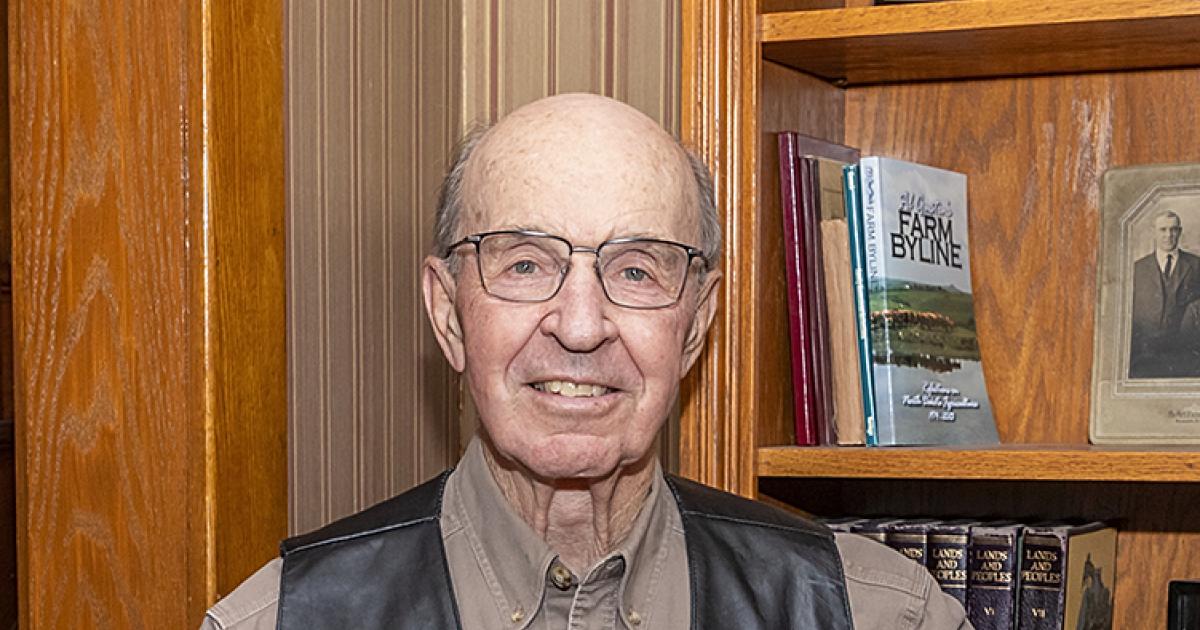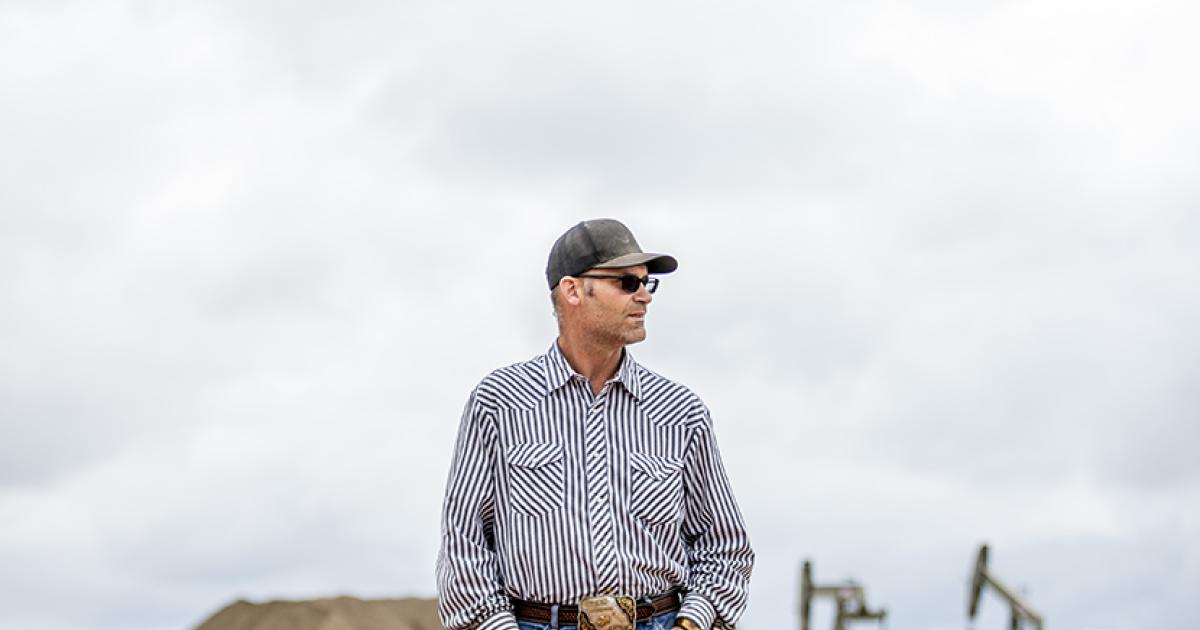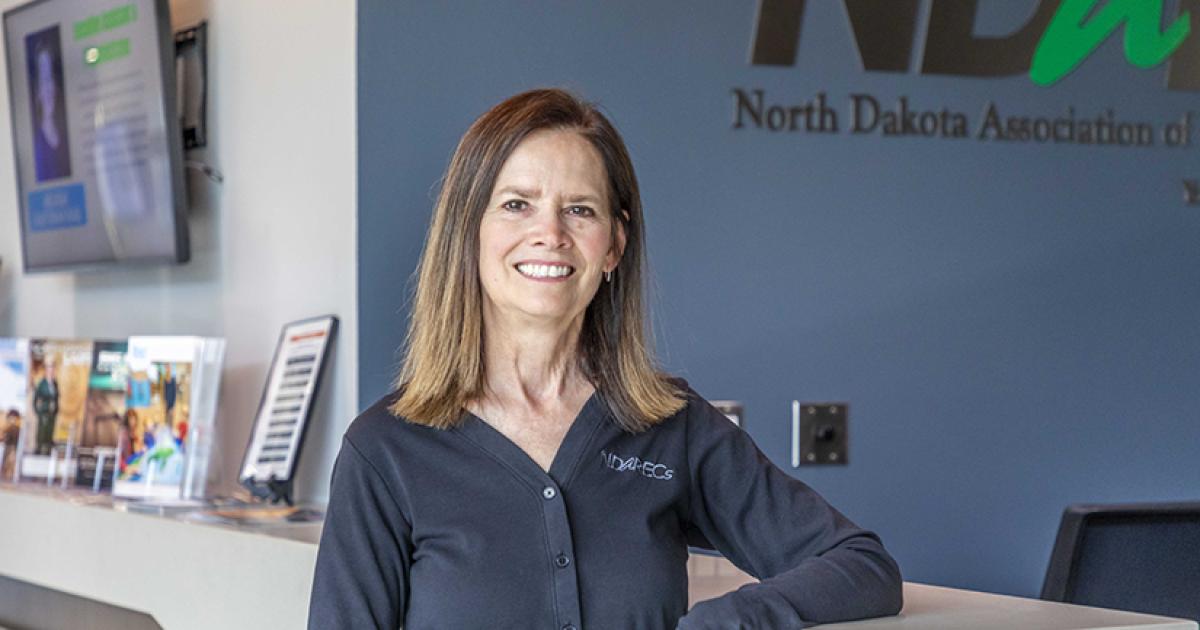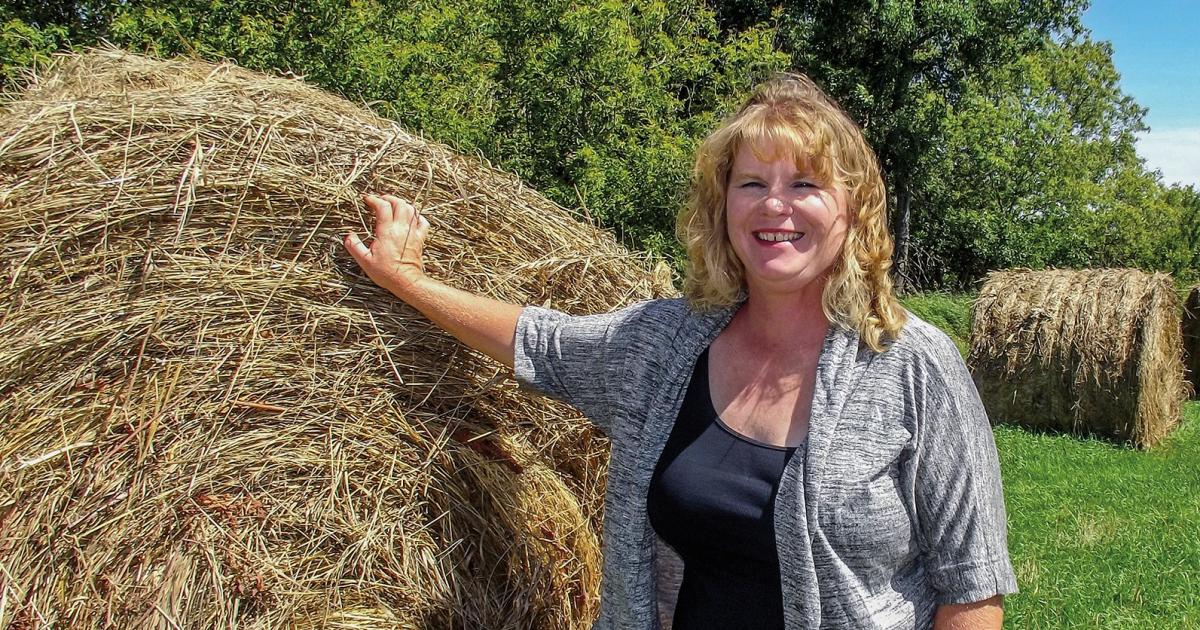From staff reports
Earlier this spring, major daily newspaper outlets across North Dakota published a story titled: “39 percent of rural Americans lack access to rural broadband.” David Crothers, executive vice president of the North Dakota Association of Telecommunications Cooperatives, submitted a written response to the contents of this story. Among points Crothers provided in that response are:
• The claim that “39 percent of rural Americans lack access to rural broadband” is debatable and subject to interpretation on a nationwide basis, but is wildly inaccurate in North Dakota.
• North Dakota quite possibly has the most “connected” rural broadband infrastructure and residents of any state in the country. Just last March, Gov. Doug Burgum announced that North Dakota would be the first state in the nation to connect every school – elementary, middle, high school and institutions of higher education – with gigabit service.
• Gigabit service, it is often said, is about 100 times faster than what most homes in the United States have today. The Federal Communications Commission defines “broadband” as being 25 megabits downstream and 3 megabits upstream. Gigabit is 1,000 megabits downstream, or 40 times faster than the U.S. government’s own definition of broadband.
• North Dakota’s telecommunications cooperatives and small commercial companies offer gigabit service in 288 communities today.
That tremendous feat is only possible because of the existing broadband infrastructure and a billion-dollar investment by telecom cooperatives and other independent and locally owned telecom providers. Those 18 companies serve 96 percent of North Dakota’s geographic territory and employ more than 1,000 men and women. That local ownership is critical.
• The decisions on where to invest and how much are made around boardroom tables in Carrington and Park River and Hazen instead of somewhere else in the nation by someone who has never visited North Dakota, much less appreciates the importance of a state of the art broadband network for rural residents.
• The dollars earned in North Dakota are reinvested in the broadband infrastructure and the customers they serve. No one understands the critical need for affordable access to high-speed Internet for their educational, economic, medical and entertainment opportunities more than rural residents.
• Those North Dakota-based telecom companies providing broadband in the highest-cost, lowest-density areas of the state don’t just take that fiber-based infrastructure to schools or the most profitable customers or the edge of town. They are committed to ensuring that all residents of the state have access to it.
• It is as important for a rancher to be able to buy through online auctions as it is for a home health care nurse to be able to send images to a big city physician from a patient’s home or for students connecting with online education for video instruction. Locally owned broadband providers recognize that and design a network to make sure they are not forgotten.









